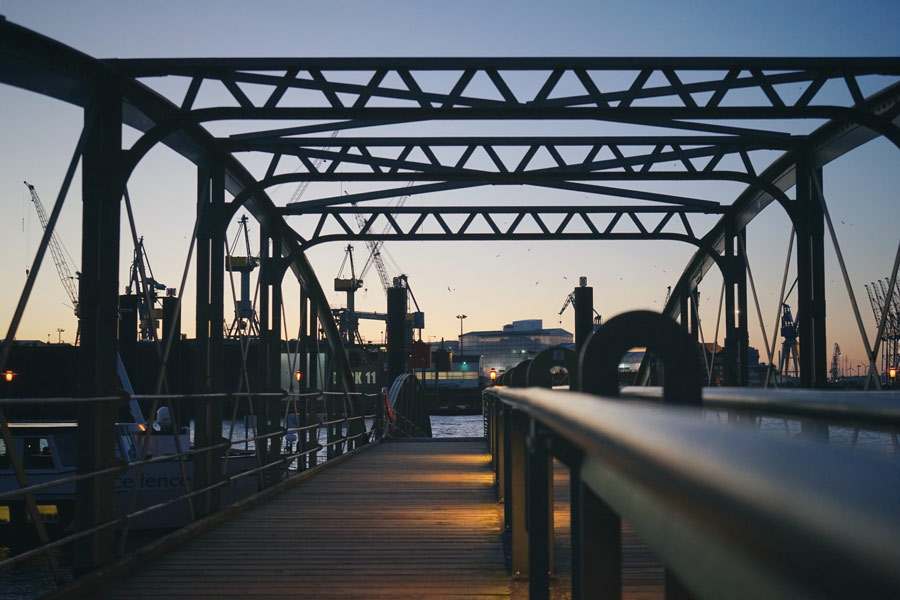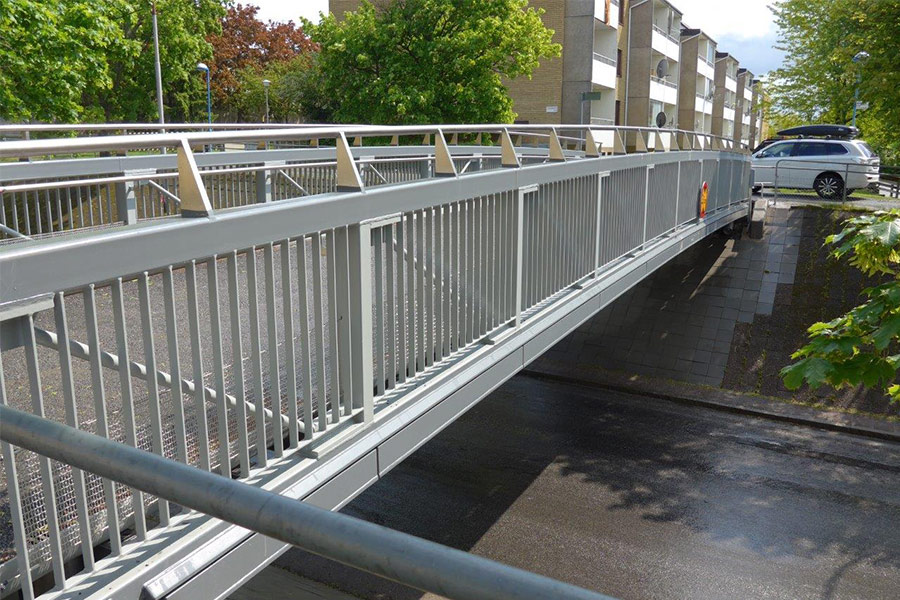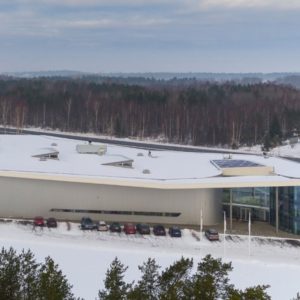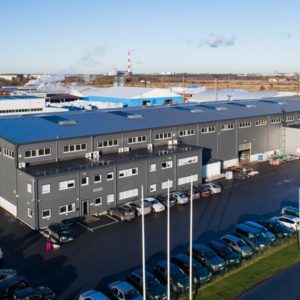Steel bridges have been the most common bridge types all over the world for a while now. The introduction of steel and other metal types as a material for mass production brought a new life to the bridge building industry as a whole, with steel having a variety of advantages and few issues when it comes to manufacturing steel bridges.
The definition of a metal bridge is extremely simple and stems from its name – it is a bridge that is made using steel or other metal. Metal bridges are created using a variety of parts and segments manufactured using steel or other metal types, which makes bridge creation that much easier when compared with other bridge materials.
For example, steel does not shrink when dried, and steel does not creep due to excessive loads over an extended time period. All of that is combined with steel’s impressive tensile/compressive strength, as well as the ability to bend to a certain degree without generating cracks (and without breaking completely, of course).
Additionally, steel bridges automatically acquire all of the advantages of being able to perform mass-production, steel fabrication allows for a lot of potential customization, and it is easy to inspect the entirety of a steel bridge to check for damages or other issues. Steel is also lighter than concrete (another well-known bridge construction material) and can be repaired, reinforced, or recycled if necessary.
There are many different elements that are used to create a regular metal bridge, with a number of those elements being used for a specific bridge type only. Some of the more common steel bridge elements are beams, slabs and girders. We can also mention stiffeners, diaphragms and flanges here, as well. Other components tend to vary quite a lot when it comes to different steel bridge types.
We can safely say that there are three main types of metal bridges that are the most popular nowadays: steel truss, steel arch and steel box girder. Steel truss bridge, for example, is a bridge that is mostly composed with a large number of trusses. It is relatively easy to create as a whole, with trusses themselves being easy to manufacture and relatively light in terms of weight. Most of the trusses are connected to each other using triangular shapes, to make sure that the load is distributed and optimized.
Steel arch bridge, on the other hand, is a rather difficult creation that often looks like one giant arch. The arch members rely on solid foundation and are mostly subjected to a compressive force, with the original design idea being that the horizontal reaction forces that vertical loads generate are distributed with efficiency. Steel arch bridges are often used when there is a long-span bridge needed with a cable-stayed or suspension type bridge in mind.
Steel box girder is the last bridge type out of the three, and it is also relatively common when there is a need for a bridge that is over 30 meters long (or a curved bridge). It is also often referred to as the most popular bridge type out of the three. The very basic idea of steel box girder bridges is that this bridge type uses a box-shaped steel girder combined with concrete to act as one of many sections for the future bridge.
That is not to say that other steel bridge types do not exist at all. For example, a pipe bridge is also something that exists and has a very specific purpose – to act as a supportive system for one or several pipes in places when other support types are unavailable (be it above a river or any similar use case). There are also multiple other bridge types that have their own specific goals and use cases, which is how steel bridges can have this much variety as a whole.
Which brings us to the question of manufacturing all these steel parts for different bridge types. Naturally, being able to create a variety of different steel segments and elements requires a company that has both the experience and the machinery to be able to produce everything that is necessary for a steel bridge to be created in the first place. This is where Levstal comes in.
Levstal Group is one of European’s leading metal and steel bridges construction companies.
Levstal delivers metal and steel bridges construction products on schedule, meeting the highest quality and safety requirements. An experienced team offers its customers tailor-made solutions for the most demanding tasks, incl. pipe and girder bridges.
One of our recent reference projects includes the pedestrian steel bridge in Stockholm.
Levstal’s extensive capabilities in terms of steel manufacturing allow us to create a wide variety of steel bridge parts to be able to accommodate each and every client’s wishes and requirements, so that all of the clients are completely satisfied with the end result. Levstal has a sizable portfolio of steel projects, including multiple bridges and bridge elements being produced exactly how the client wanted them to be.
Levstal has a team of industry experts in the field of metal fabrication, and a massive steel fabrication facility that allows for many possible options in terms of variation when it comes to steel fabrication. Levstal has been on the market for over thirty years now, and has managed to work on a large variety of projects, from metal segments and regular steel elements to entire modular steel houses – offering the best customer experience possible.
The nature of steel bridges often means that elements are relatively small and easy to transport to the necessary location – and Levstal also offers to deliver the project’s results to the location of client’s choice, as well as many other operations that are related to steel fabrication. Shipping is not a problem, either, since Levstal’s facilities are geographically close to both the airport and the highway, so that the product in question could be delivered to the client as quickly as possible. These are just some of the many reasons why Levstal is considered the market leader when it comes to steel fabrication in Estonia.









